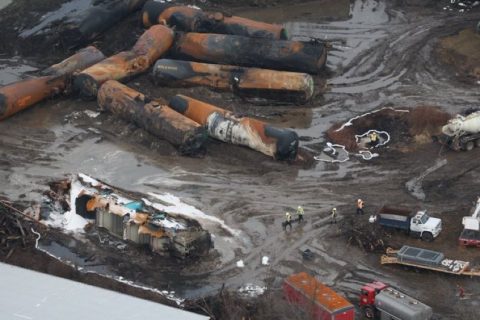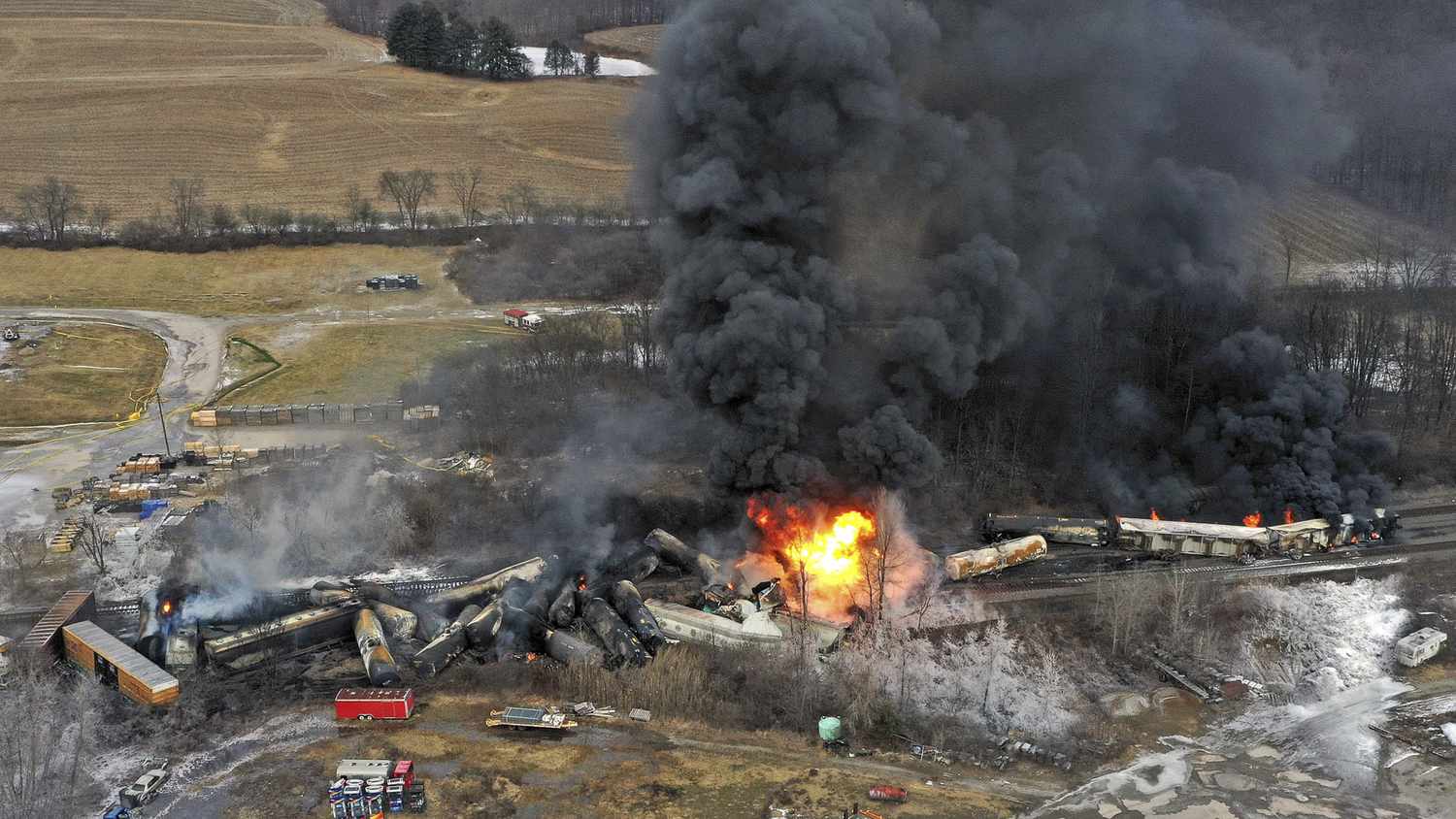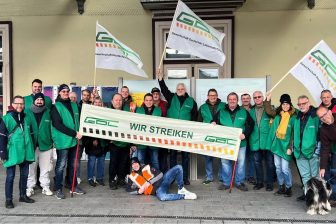
Ohio derailment aftermath: EPA launches internal investigation
The Office of Inspector General (OIG) of the US Environmental Protection Agency (EPA) said it will initiate an inquiry to analyse the agency’s response to the disastrous accident in Ohio last February. The OIG will investigate “a variety of issues, including hazardous waste disposal, air and water monitoring, soil and sediment sampling, and risk communication”.
The train derailment occurred in East Palestine, Ohio on 3 February and led to hazardous materials leaking from some of the derailed containers into the water, soil, and air around the area. The EPA started monitoring the situation and, by 16 February, said that “no detections of vinyl chloride or hydrogen chloride were identified”. Various US media, including NBC News, however, reported that many locals experienced health issues and noticed animals dying in the days following the accident.
Despite all these issues, the EPA continued to claim that the analyses of the air, water, and soil in the area were not showing any signs of contaminants associated with the derailment. On the other hand, this new internal investigation launched by EPA’s Inspector General Sean W. O’Donnell seems to question the procedures carried out by the agency.

The Ohio accident and its consequences
On the evening of Friday 3 February, 38 out of a 150-wagon convoy operated by Norfolk Southern derailed near the Ohio-Pennsylvania border, damaging 12 additional wagons. Out of the 50 wagons that were involved, 11 were carrying hazardous goods, some of which leaked into the city river, soil, and storm drains. The vinyl chloride contained in five containers was resealed and burned by the competent authorities, sparking fears of long-term side effects on the population.
The National Transport Safety Board identified the cause of the accident as a wheelset being over 120°C hotter than supposed to be. One month after the accident, the Association of American Railroad (AAR), which encompasses the biggest US rail freight companies, presented a set of new safety rules. Some of the rules revolve around the implementation of more hot-bearing detectors (HBDs) to monitor the temperature of the train components, including wheelsets.
Installing more HBDs, however, may not be such an easy process. The Brotherhood of Railroad Signalmen trade union was tasked with the project but lamented personnel shortages in its construction sector, the one designed to carry out the installations. The other AAR rules revolve around lowering the temperature threshold for stopping trains and inspecting bearings, protecting workers when they report safety issues, and improving seals for tank wagons.
Also read:





1.
Was Derailment an accident in words meaning, or the expected after a calculated risk – a matter of when – even worse, in fact “man made”…)?
2.
Currently, single calculable at railway track design, is risk. Other, basics are left to “experts”, to “state of the art”, to standards.
3.
Among public affairs, otherwise, safely calculable (by fuses, etc.), is added “safety factors”, just for margins, for redundancy.
4.
Media, regrettably, forgivingly, misleadingly, too often use “accident”…